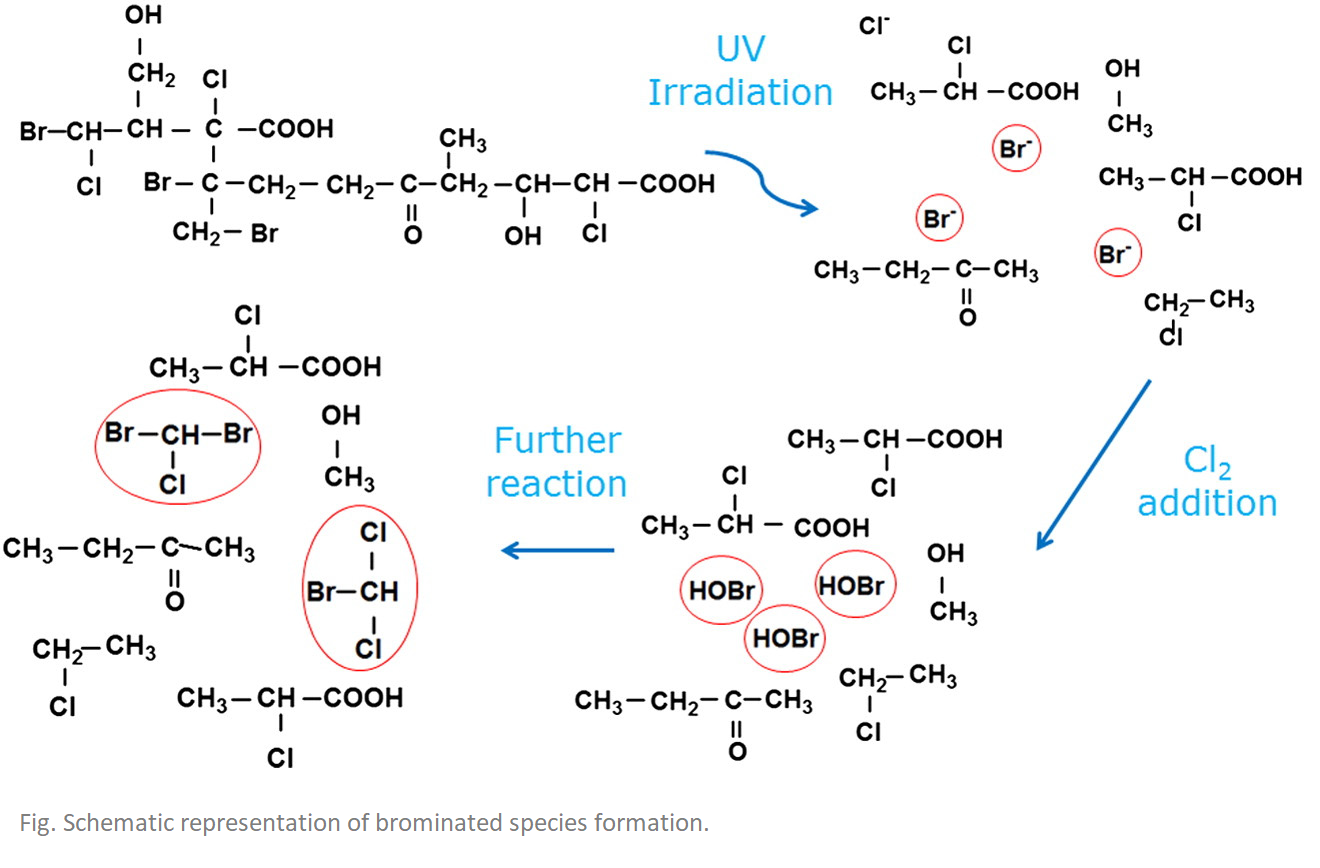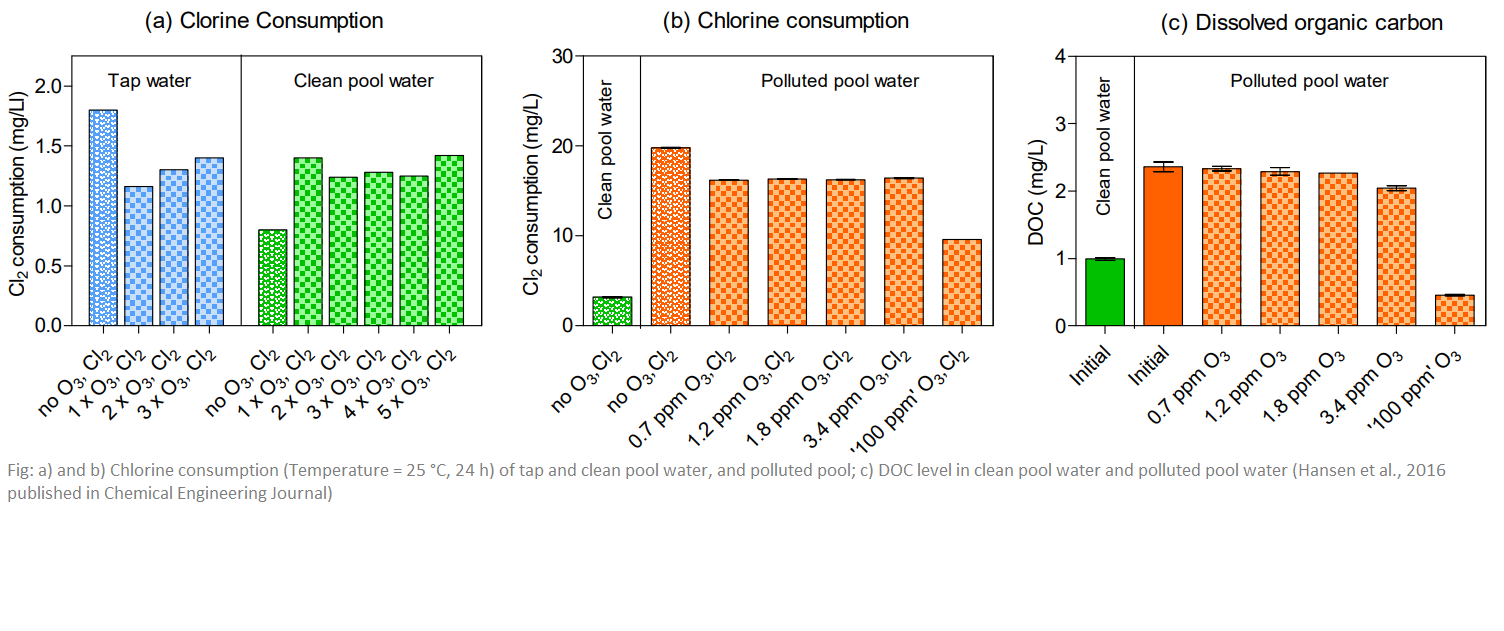R&D: Ozonation in RAS
PREDICTION OF REQUIRED OZONE DOSAGE FOR A PILOT-RAS BASED ON LABORATORY EXPERIMENTS
To address the undesired effect of chemotherapeutants in aquaculture, ozone has been suggested as an alternative to improve water quality. To ensure safe and robust treatment, it is vital to define the ozone demand and ozone kinetics of the specific water matrix to avoid ozone overdose. Different ozone dosages were applied to water in freshwater recirculating aquaculture systems (RAS). Experiments were performed to investigate ozone kinetics and demand, and to evaluate the effects on the water quality, particularly in relation to fluorescent organic matter. This study aimed at predicting a suitable ozone dosage for water treatment based on daily ozone demand via laboratory studies. These ozone dosages will be eventually applied and maintained at these levels in pilot-scale RAS to verify predictions. Selected water quality parameters were measured, including natural fluorescence and organic compound concentration changes during ozonation. Ozone reactions were described by first order kinetics. Organic matter, assessed as chemical oxygen demand and fluorescence, decreased by 25% (low 03), 30% (middle 03) and 53% (high 03), while water transmittance improved by 15% over an 8-day period. No fish mortality was observed. Overall, this study confirms that ozone can improve RAS water quality, provides a better understanding of the ozone decay mechanisms that can be used to define further safe ozone treatment margins, and that fluorescence could be used as a monitoring tool to control ozone. This study might be used as a tool to design ozone systems for full-scale RAS by analysing water sample from the specific RAS in the laboratory.
Paper: Ozonation control & effects of ozone on water quality in RAS

ONLINE OZONE CONTROL-FLUORESCENCE
The aim of this study was to investigate the potential of fluorescence spectroscopy to be used as an ozone dosage determination tool in recirculating aquaculture systems (RASs), by studying the relationship between fluorescence intensities and dissolved organic matter (DOM) degradation by ozone, in order to optimise ozonation treatment. Water samples from six different Danish facilities (two rearing units from a commercial trout RAS, a commercial eel RAS, a pilot RAS and two marine water aquariums) were treated with different O3 dosages (1.0-20.0 mg/L ozone) in bench-scale experiments, following which fluorescence intensity degradation was eventually determined. Ozonation kinetic experiments showed that RAS water contains fluorescent organic matter, which is easily oxidised upon ozonation in relatively low concentrations (0-5 mg O3 /L). Fluorescence spectroscopy has a high level of sensitivity and selectivity in relation to associated fluorophores, and it is able to determine accurately the ozone demand of each system. The findings can potentially be used to design offline or online sensors based on the reduction by ozone of natural fluorescent-dissolved organic matter in RAS. The suggested indirect determination of ozone elivered into water can potentially contribute to a safer and more adequate ozone-based
treatment to improve water quality.


